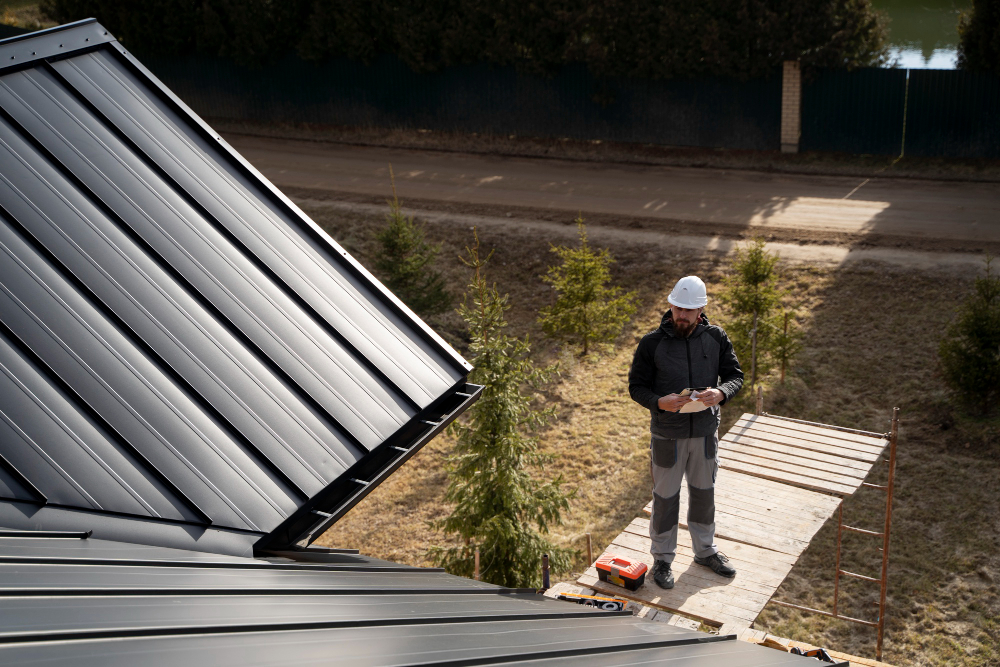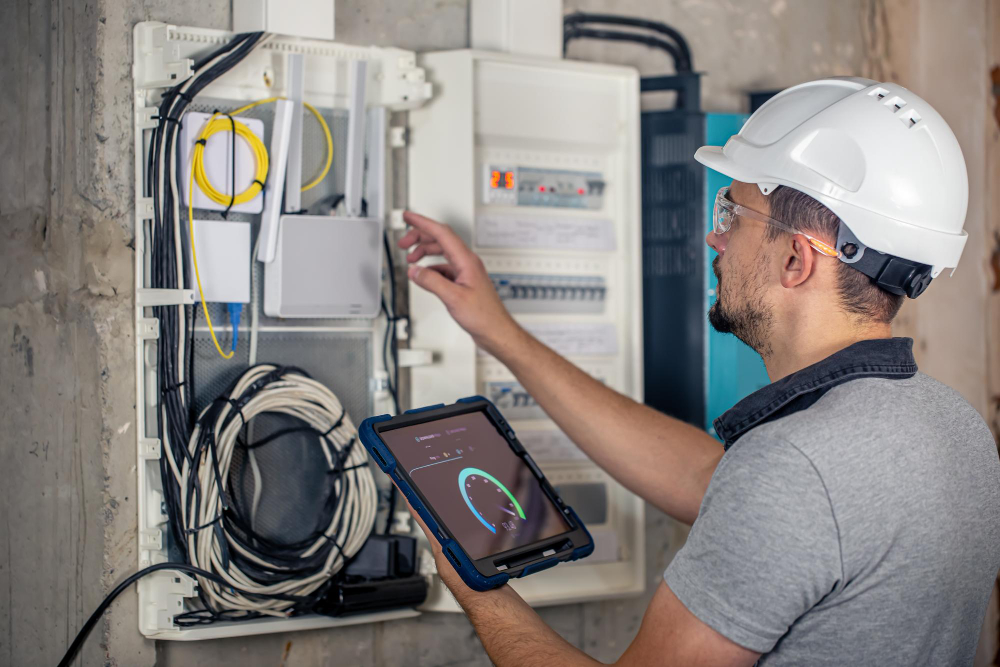Last updated on
As homeowners, it’s natural to want to improve and update our living spaces. Perhaps the kitchen countertops have seen better days or the bathroom tiles are starting to look dated. Or maybe you’re simply craving a fresh new look for your home. But with so many areas and elements that could potentially be renovated, where do you even begin?
Here, we’ll cover one of the most asked questions: In what order should you renovate? Join us as we dive into the key factors that will guide your decision-making process and ultimately lead you toward creating your dream home.
Assessment

Before you dive headfirst into renovating, it’s essential to take a step back and assess your current situation. Look at your home as a whole and determine which areas need the most attention.
First and foremost, you must observe your roof, foundation, and other structural elements that are necessary for your home’s stability and safety. To do this, you may need to consult with experienced commercial and residential roofers to get a clearer picture of the state of your roof.
They can identify any damage and provide you with accurate estimates on the repairs. In terms of the foundation, it’s also crucial to seek professional guidance to ensure its integrity. Once you’ve addressed any structural issues, you can move on to evaluating the different rooms and spaces in your home.
Planning
After completing your assessment, it’s time to start planning. Consider what changes you want to make in each room and prioritize based on your needs and wants. For example, if you love cooking, updating the kitchen may be at the top of your list. Or if relaxation is a priority for you, investing in a bathroom renovation could be worth considering.
The next step is to set a budget for your renovations. This step is crucial because it will help you determine what changes are feasible and which ones may need to be postponed or scaled back. Leave some wiggle room in your budget for unexpected expenses that may arise during the renovation process.
Systems

A well-maintained home is a happy and healthy home, and that starts with ensuring all of the major systems are in good working order. Electrical systems, plumbing, and HVAC are all crucial components that keep your home functioning smoothly.
Electrical systems include the wires and outlets that power your lights and appliances but also your circuit breaker panel and electrical service entrance. Plumbing systems are responsible for bringing clean water into your home and removing wastewater, and HVAC systems keep your home comfortable by controlling temperature and air quality.
Regular maintenance and inspections of these major systems will prevent costly repairs down the road and ensure your home is a comfortable and safe place for you and your family.
Spaces
Once your home’s structural elements and major systems are in good shape, you can move on to tackling the different rooms and spaces. It’s best to start with the areas that get the most use, like the kitchen, living room, and bedrooms. These spaces may require more time and effort to renovate, so it’s essential to begin them early on in the process.
Once the kitchen and bathrooms are tackled, it’s a good idea to move on to other living areas like bedrooms and the living room. Finally, you can focus on the less frequently used areas such as the basement or attic.
Finishing
The finishing phase is your opportunity to bring your personal style into your home. This phase includes painting, flooring, and installing fixtures and fittings. Opt for high-quality paint that will stand up to everyday wear and tear, and choose colors that make your space feel inviting and comfortable.
For flooring, consider your lifestyle and choose a type that will be both durable and attractive, such as hardwood for high-traffic areas or carpet for rooms where you want to add coziness. Fixtures and fittings, be it handles, knobs, lights, and faucets, are the final touches that will tie everything together and give your home a polished look.
Exteriors
When thinking about renovating your home, it’s easy to focus solely on the interior. However, you don’t want to forget about the exterior elements of your home: your garden, patio, and driveway can all be transformed without causing chaos inside your house.
A beautiful garden can enhance the curb appeal of your home and provide a relaxing oasis for you to enjoy. A new patio can provide an outdoor living space for entertaining and enjoying the fresh air.
Upgrading your driveway can improve both the functionality and aesthetic of your home’s exterior. While it may be easy to overlook these areas, never underestimate the impact these small changes can have on your overall renovation project.
There is no one “correct” order to renovate your home. However, prioritizing structural elements and major systems first will ensure that your home is safe and functioning correctly before moving on to purely aesthetic changes.
By properly assessing, planning, and budgeting for your renovation project, you can create a beautiful and functional home that meets all of your needs. And don’t be afraid to seek professional guidance along the way – experienced contractors and designers can provide valuable insights and bring your vision to life.
Recap:



